Name Daniel Pesta | ||
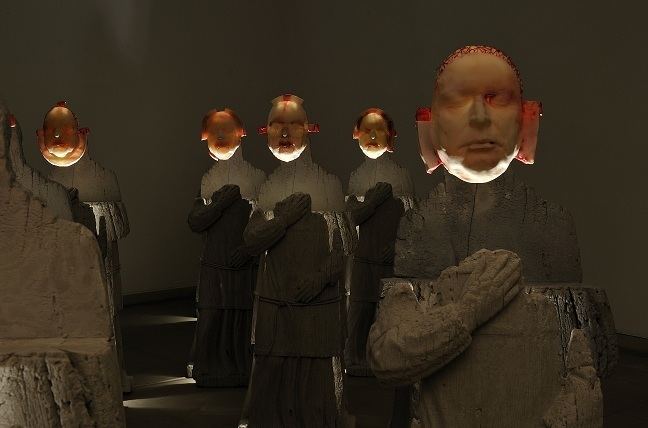 | ||
Daniel pe ta i was born in your bed
Daniel Pešta (born 1 May 1959) is a Czech multimedia artist.
Contents
- Daniel pe ta i was born in your bed
- Biography
- Work
- Awards
- Solo selection
- Group selection
- Collections selection
- Catalogues
- External links
- References
Biography
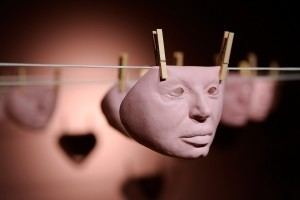
Pešta was born into the family of architect Antonín Pešta and psychologist Helena Montanelli-Peštová. After completing secondary school of civil engineering, he studied at the Václav Hollar College of Art in Prague. In the 1970s, the lack of freedom under communism weighed heavily on the beginning artist, and instead of continuing his studies he began to work independently. In the 1980s, Pešta was a part of the country's alternative culture scene; as an artist, he collaborated with various bands and later earned a living as a graphic designer. After 1989, he gradually left behind applied art and book illustrations. By the start of the new millennium, he was working exclusively with painting, from which he expanded into other forms of artistic expression. He spent two study trips in New York – one in 1998 and one in 2000.
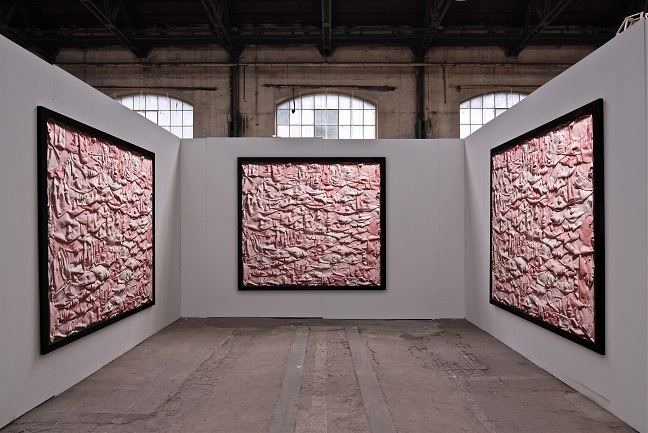
Pešta has exhibited independently since 1992, and has participated in group exhibitions since 2000. Some of his most important projects include I was born in your bed, held at the 55th Venice Biennale in 2013 and Personal Structures (Nocturnal Head Records), held at the Palazzo Bembo on the occasion of 56th Venice Biennale in 2015.
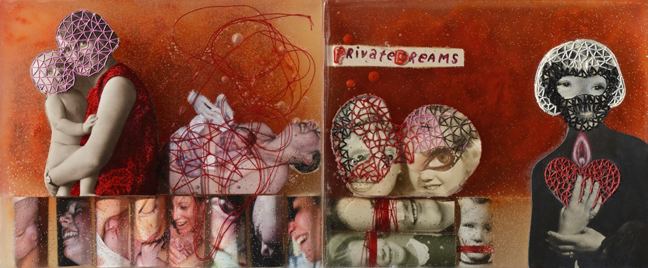
He is married to Dadja Altenburg-Kohl. His daughter Karolína Peštová-Matoušová studied art theory at Charles University in Prague.
Work
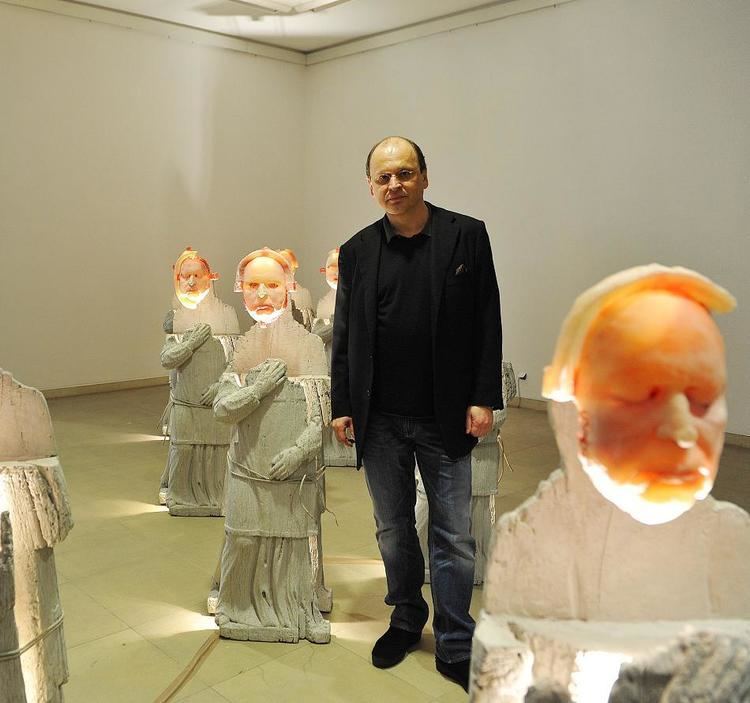
Already in his youth, Pešta acquired an artistic dexterity and sense for material that he first applied in hyperrealistic painting. Nevertheless, he soon abandoned this approach in favor of a raw, expressive style more closely reflecting his nature. In 1998, Pešta went on his first study trip to New York. This contact with the international art scene radically influenced his work. He started to make use of diverse materials, experimenting with wax, leather, textiles, or recycled photographs as part of naturalistic assemblages. Since 2004, his favorite technique has been clear epoxy resin, which he uses to cover older paintings and objects, thus conserving and devaluating them all at once. Over time, he expanded his range of artistic approaches to include object installations, video art, and purely conceptual endeavors.
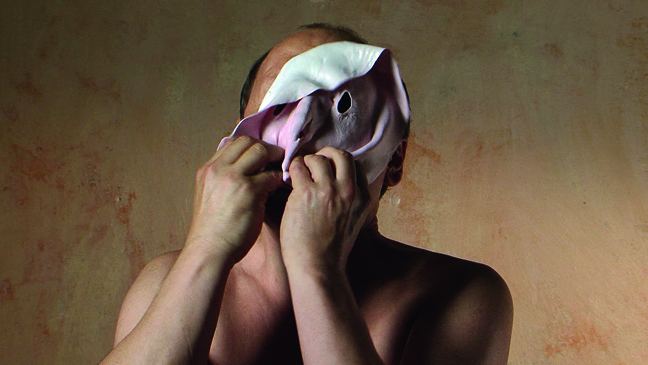
In terms of subject matter, Pešta's works touch on the mysteries of human existence, the fragile nature of intimacy, and the role of man within society. His art often has a social or political subtext: He has worked with the homeless, blind and handicapped people, that resulted in the solo exhibitions White Zone and Sweet Home. His first monograph of the same name was published by Argo Publishers in 2006.
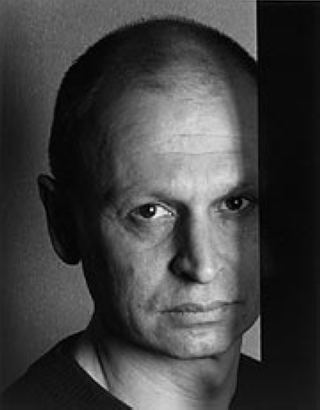
In his series Genetic Codes, which explores the predestination of fate, Pešta twisted photographs from family albums into tiny rolls and encased them in large resin tablets. Some of the snapshots are interlaced with a red string symbolizing blood, the endless continuity of generations, and the ineluctability of fate. We also encounter red string in several portrait photographs that he manipulates, perforates, paints on, and sews into the shape of muzzles and masks – symbols of social restriction.
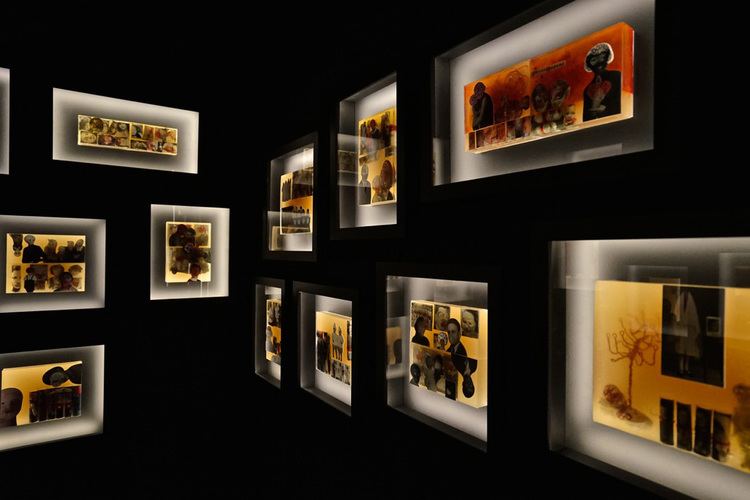
In fact, the mask is another of Pešta's central motifs. He sees it as a symbol of pretense and anonymity, and also of being obsessed with one's own uniqueness and power. For instance, he has used latex casts of his face in several of his installations or works of video art. Pešta summarized these experiences in a series of solo projects and exhibitions entitled Levitation, which was accompanied by his second monograph.
In his conceptual project I was born in your bed (2013) – an exploration of Roma issues (i.e., how an individual's fate is predetermined by race) – Pešta sounds a warning bell. The accompanying video art projects in particular contributed to broad public discourse on the issue.
Another of Pešta's long-standing themes is the human subconscious during sleep, culminating in his series of assemblages Nocturnal Head Records (2012-2015).
